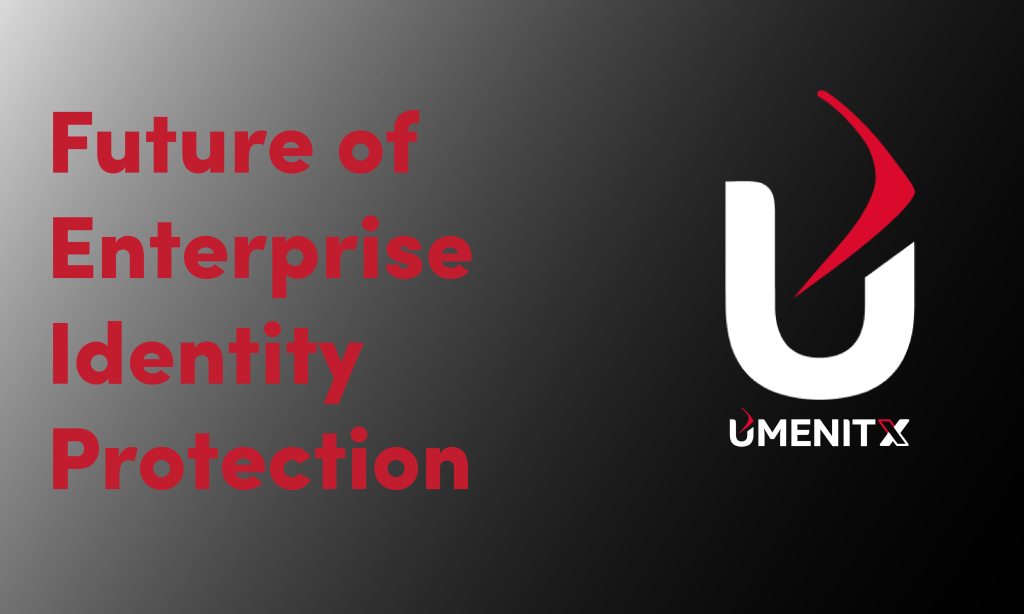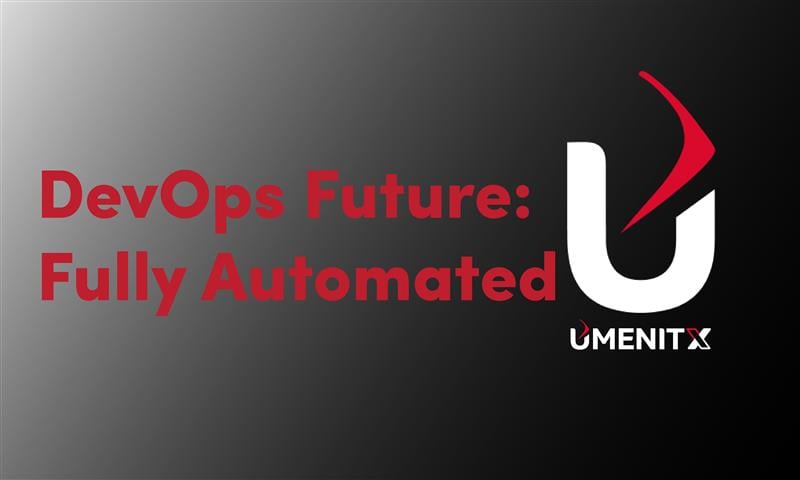Introduction
Modern software delivery demands both speed and security. Teams can no longer choose between fast releases and safe systems. By integrating DevOps and DevSecOps, organizations gain the ability to ship confidently, knowing that performance and protection go hand-in-hand.
The Need for Unified Operations
DevOps brought agility and automation. DevSecOps brought embedded security. But in many teams, they still operate as separate concerns. Merging the two ensures that:
- Security doesn’t slow down development
- Automation covers both delivery and defense
- Monitoring includes performance and threat signals
What Does This Unified Model Look Like?
1. CI/CD with Embedded Guardrails
Pipelines don’t just deploy code — they run security scans, compliance checks, and policy validations.
2. Unified Observability
Telemetry doesn’t just show uptime. It shows anomalies, vulnerabilities, and attack patterns.
3. Self-Healing Infrastructure
Systems detect misconfigurations, unauthorized access, or performance degradation and respond automatically.
4. Zero Trust Architecture
Every component in your stack is verified, audited, and monitored continuously.
5. Proactive Culture
Everyone in the team — from developers to product managers — is invested in building secure, reliable software.
Enablers of a Unified Strategy
- GitOps for secure, declarative deployments
- AIOps for real-time anomaly detection and remediation
- Chaos engineering to build resilience
- Infrastructure as Code for repeatable, secure provisioning
Conclusion
Teams that automate everything and secure everything don’t just move faster. They sleep better at night, knowing they’ve built systems that work and protect themselves.




